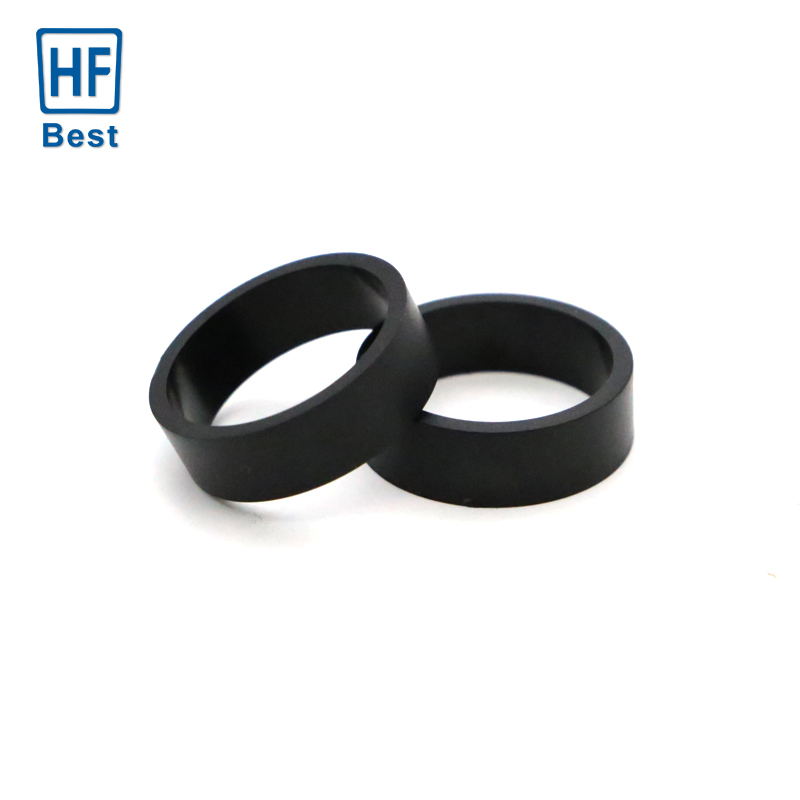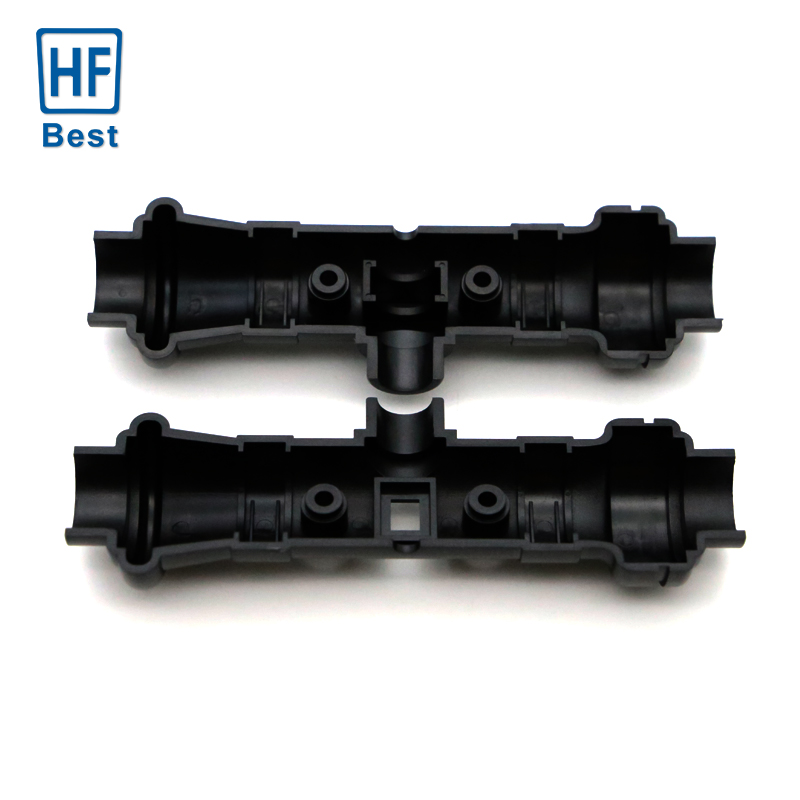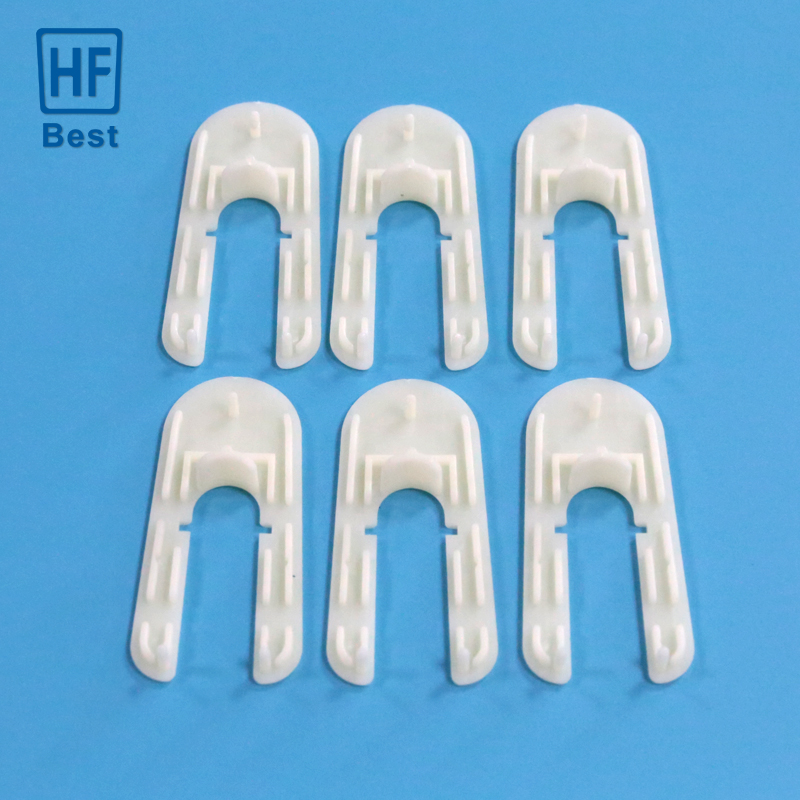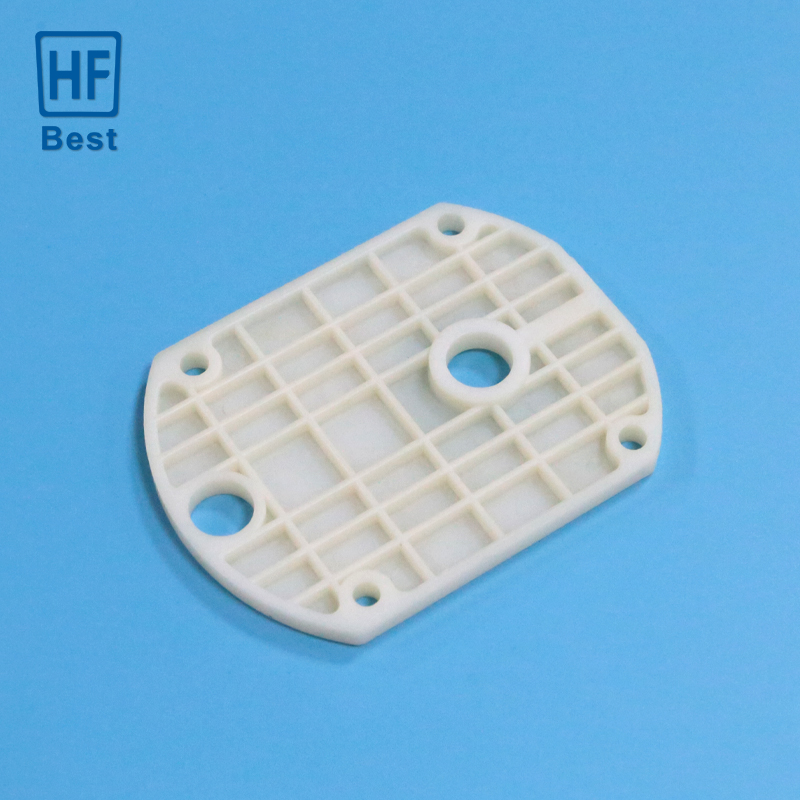News
- Industry news
Industry news
Engineering plastics science - ABS processing
ABS plastic sheet processing process
1. ABS plastic sheet needs to be pre-treated before processing.
Pretreatment can help improve the performance and quality of the product. Common pretreatment methods include thermal drying and UV pretreatment. The principle of hot drying is to expose the plate to a high temperature and humidity environment, so that it absorbs more water and reduces problems such as warping during processing. UV pretreatment uses ultraviolet radiation to increase surface energy and facilitate adhesion and coating of other materials.
2, ABS plastic sheet in the process of processing need to be formed.
Common molding methods include injection molding, extrusion and pressing. Injection molding is to heat the ABS material to a melting state and inject it into the mold, which is formed under high pressure. Injection molding results in high precision and complexity. Extrusion is the ABS material through the die extrusion molding, the molding speed is fast, suitable for mass production. Pressing is to put ABS material into a mold, heat it and then use pressure to form it. Pressing is suitable for thinner plate products.
3. ABS plastic sheet needs to be post-processed after processing.
Post-treatment can help improve the performance and quality of products, commonly used post-treatment methods include sandpaper grinding, hot sealing and so on. Grinding can make the surface of the product more smooth and bright, increase the quality of the product. Thermal bonding is the hot pressing of two ABS sheets together for bonding.

Attention should be paid to ABS sheet processing
1, the color of the conventional ABS board will not be very white, but the toughness is very good, you can use the shearing machine to cut, you can also open the mold. Wire saw machine, steel saw, hacksaw and so on are very suitable for processing ABS sheet;
2, the processing of ABS plate depends on the thickness of the material to distinguish the treatment, if it is 2 mm below the ABS plate, use a knife to draw a line on the surface, and then to the opposite side of the line, you can break into two parts.
3, and 2 mm material is more difficult to break, it is necessary to use sharp tools to deal with. The drill can be ground into the shape of a thin sheet drill, so that the drilled hole edge is neat and beautiful, but pay attention to the cutting speed is not too fast, so as not to cause damage to the ABS sheet.

ABS plastic shell production and processing precautions
1. The moisture absorption and humidity sensitivity of ABS plastic are large, and it must be fully dried and preheated before forming and processing (drying for at least 2 hours at 80~90C), and the moisture content is controlled below 0.03%.
2. The melt viscosity of ABS resin is less sensitive to temperature (different from other amorphous resins). Although the temperature of ABS is slightly higher than PS, it can not have a loose heating range like PS, and can not use blind heating methods to reduce its viscosity, and can increase the speed of the screw to improve its fluidity. The general processing temperature is 190-235℃.
3. The melting viscosity of ABS plastic is medium, which is higher than PS, HIPS and AS, and requires higher beer goods.
4. The effect of ABS plastic using medium and high speed beer is better. (unless the shape is complex and the thin-walled parts require a higher speed), the product mouth is easy to produce gas lines.
5.ABS plastic molding temperature is high, and its mold temperature is generally adjusted at 25-70℃. When producing larger products, the temperature of the fixed die (front die) is generally about 5 ° C higher than that of the dynamic die (back die). (Mold temperature will affect the finish of plastic parts, lower temperature will lead to lower finish)
6.ABS plastic should not stay in the high-temperature barrel for too long (should be less than 30 minutes), otherwise it is easy to decompose and yellow.

ABS injection molding is the key
1. Product mold design
The product wall thickness is required to be uniform, and the wall thickness difference of ABS products is controlled within 25% to prevent excessive local stress concentration. At the root of the weak strength column, rounded corners or reinforcing bars must be added to prevent the column from breaking. In the design of fasteners, the roots of fasteners need to be rounded. The size of the r Angle depends on the wall thickness of the product. The ratio of r Angle to wall thickness shall not be less than 0.3. As the ratio increases, the internal stress gradually decreases, but the shrinkage of the product surface must also be considered. The design of the mold cooling channel should ensure the cooling uniformity and avoid the internal stress caused by uneven cooling and contraction.
2, material drying
Heat-resistant ABS resins usually absorb moisture in the air during storage and transportation. Water absorption varies with air humidity, usually between 0.2 and 0.4%. Therefore, it is necessary to make the material fully dry, so that the moisture content of the material is below 0.05%, preferably below 0.02%. Otherwise, there may be poor surface such as splashing and silver wire. The drying temperature of heat-resistant ABS resin is higher than that of conventional ABS, usually 80-95, and the drying time is 3-4 hours.
3, forming temperature
Molding temperature is one of the particularly noteworthy parameters in heat-resistant ABS processing to ensure that heat-resistant ABS is fully plasticized to the baseline, and try to use the temperature region above the middle value of the molding temperature recommended by the supplier. By increasing the molding temperature, the viscosity of heat-resistant ABS is significantly reduced, the fluidity of resin is increased, and the flow distance is extended to ensure that the material has sufficient filling capacity.
4, pressure and time
For heat-resistant ABS, whether the holding pressure and time are set reasonably directly affects the size of the internal stress of the product. The increase of holding pressure can reduce the molecular gap, reduce the activity range of the segment, reduce the melt volume, increase the density, increase the intermolecular force, and improve the shrinkage and internal quality of the product. However, due to the increase of internal stress, the holding pressure can be reduced as far as possible in ensuring the appearance quality of the product. The setting of the pressure time is based on the time that the gate solidifies as it cools and the screw advances again without exerting pressure on the formed product. When the pressure holding time is too long, the material filling is easy to excess, the molecular gap becomes smaller, and the internal stress becomes larger. The holding time is too short, the product is easy to shrink, and the size is unstable. The optimal holding time is the shortest time when the weight of the product no longer changes.
5, mold temperature
When forming heat-resistant ABS, in order to control the mold temperature, the mold temperature machine is used. The recommended die temperature is 60-80. The mold temperature is high, the flow is good, the weld mark strength is high, the internal stress of the product is small, but the molding cycle is moderately extended. If the mold temperature is lower than recommended, the internal stress of the product is too high, the product performance is reduced, and bad conditions such as product brittleness, threaded hole breakage, and coating breakage may occur.







